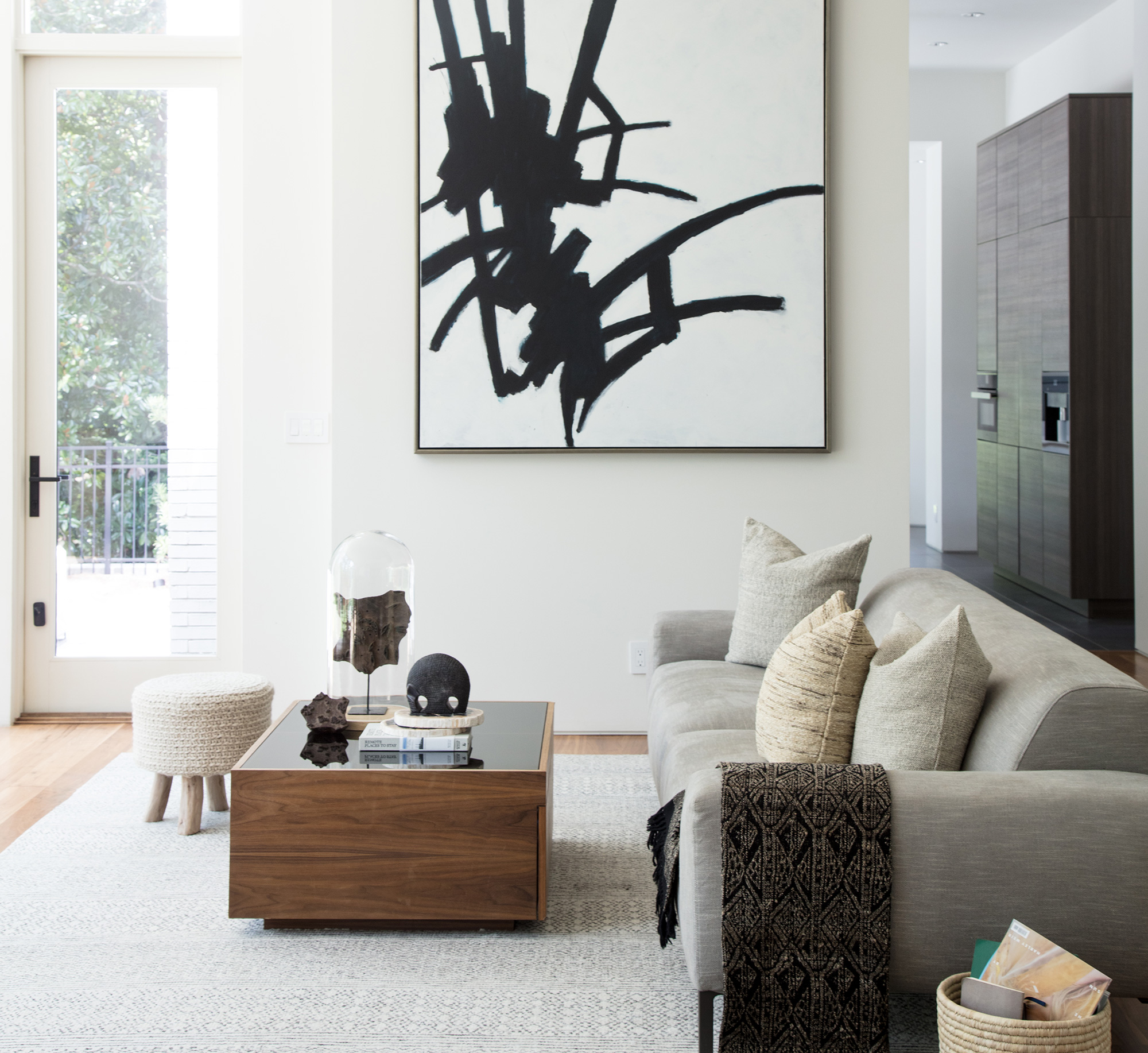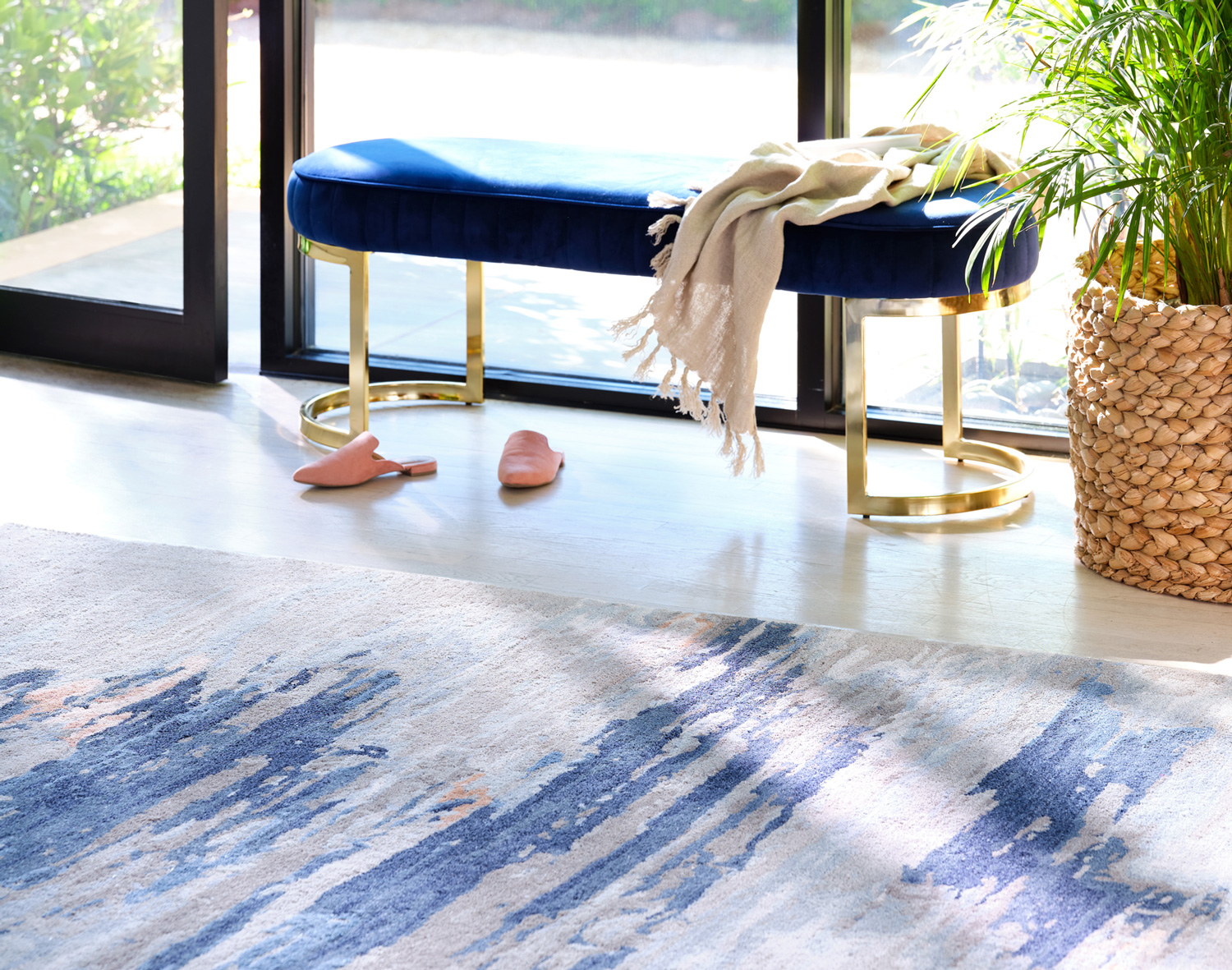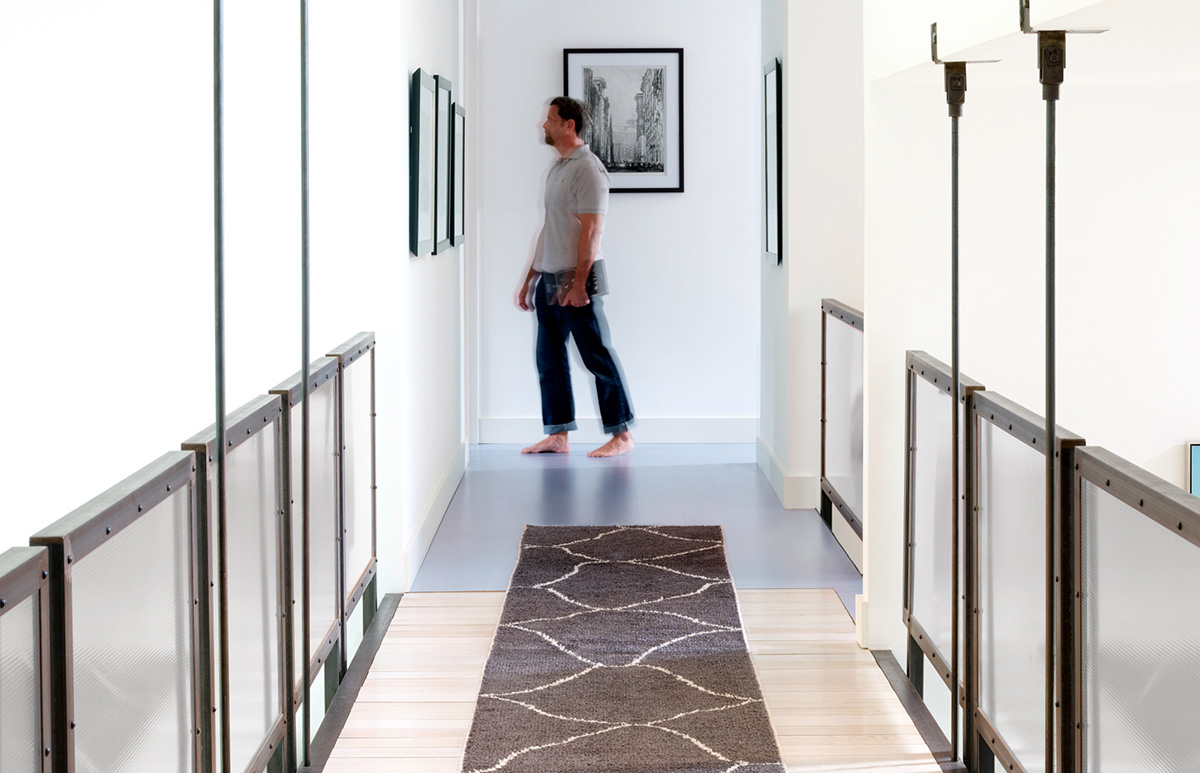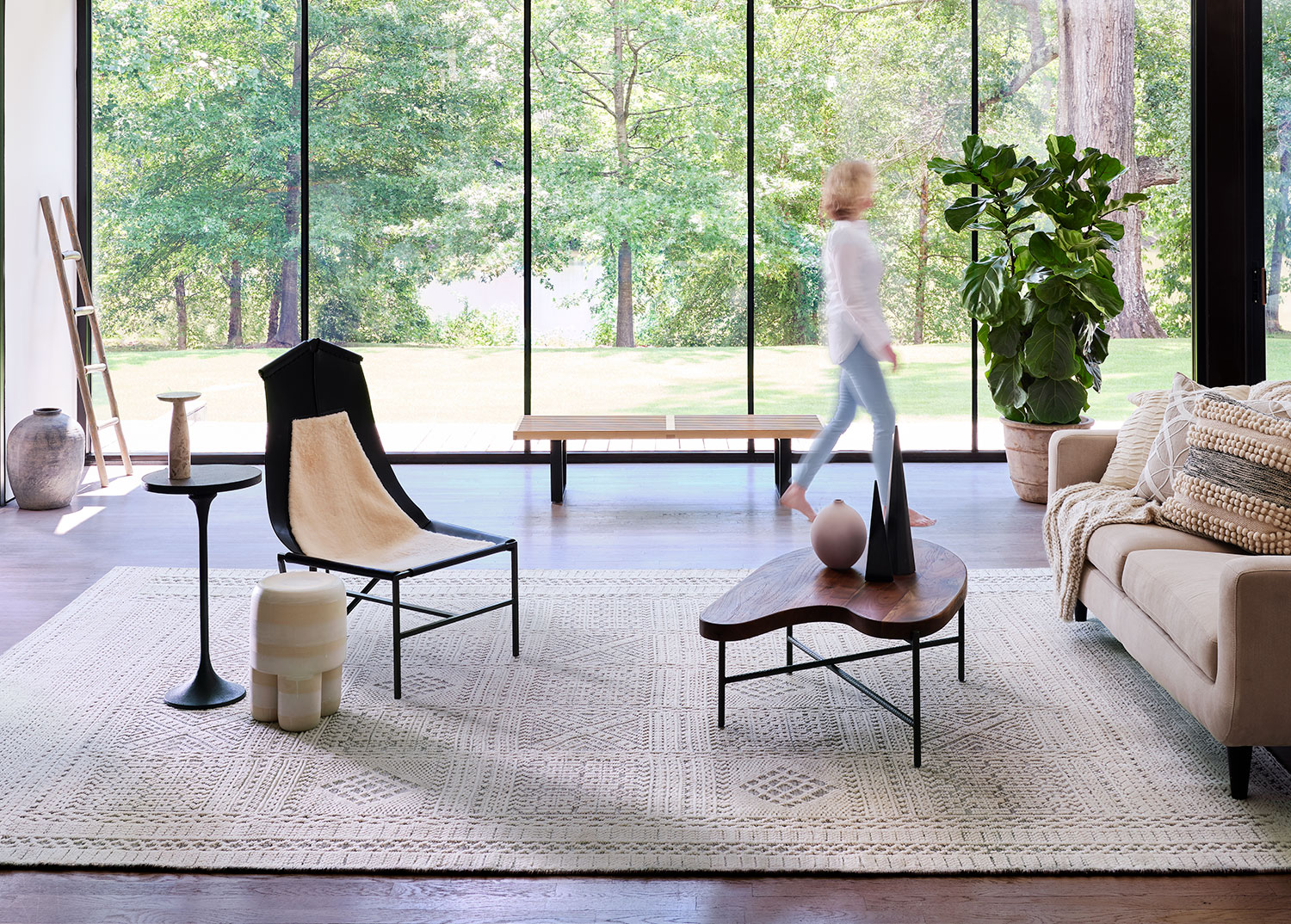Elements of Life
Vastu Shastra, which dates back to Bronze Age India, believes that the home is literally a living body that requires water, earth, air, and space to thrive. According to Vastu Shastra, each dwelling has its own energy, and materials should be arranged in a certain direction in order to achieve a positive energy. Similarly, Japanese Kanso, a Zen concept, highlights minimalist design as a way to enhance energy flow throughout a home.
Contemporary designers interpret those principles through biophilic (“life-friendly”) design that respect our mind-body needs. Diffused, dynamic lighting, for instance, improves natural circadian rhythms. Carefully edited furniture keeps a space feeling balanced and airy, while natural design elements such as wood and stone bring the outdoors in and help create a sense of harmony between nature and built environments. Incorporating palettes of warm blues, grays, and greens can help reduce stress and improve mood.
Finding Center
According to the EPA, Americans spend an average of 87% of our lives indoors. While you can’t personally design every space your clients occupy, you can design a home with an eye toward creating a sense of sanctuary. Drawing on time-honored practices while incorporating new standards of air quality, sustainable materials, and natural light, can help enhance a home’s natural flow of energy. Warm neutrals, diffused light, and an interplay of textures help create a mood of serenity. Hand-knotted wool or silk rugs are ideal choices that use lush color and depth to unify a space regardless of room size or aesthetic style.
Self-Care by Design
Both old and new design traditions emphasize decluttering as a way to be more present in our lived lives, and it’s a conclusion that science supports. Researchers at the Mayo Clinic have found that clutter can make our minds “…less effective at processing information.”1 And many psychologists believe that clutter is the physical manifestation of the state of inner selves—negative feelings or habits that we can’t let go. Clean-lined mid-century or Scandinavian furniture, neutral palettes, and using texture rather than objects to add visual interest are a few ways to create a more minimalist look and feel.
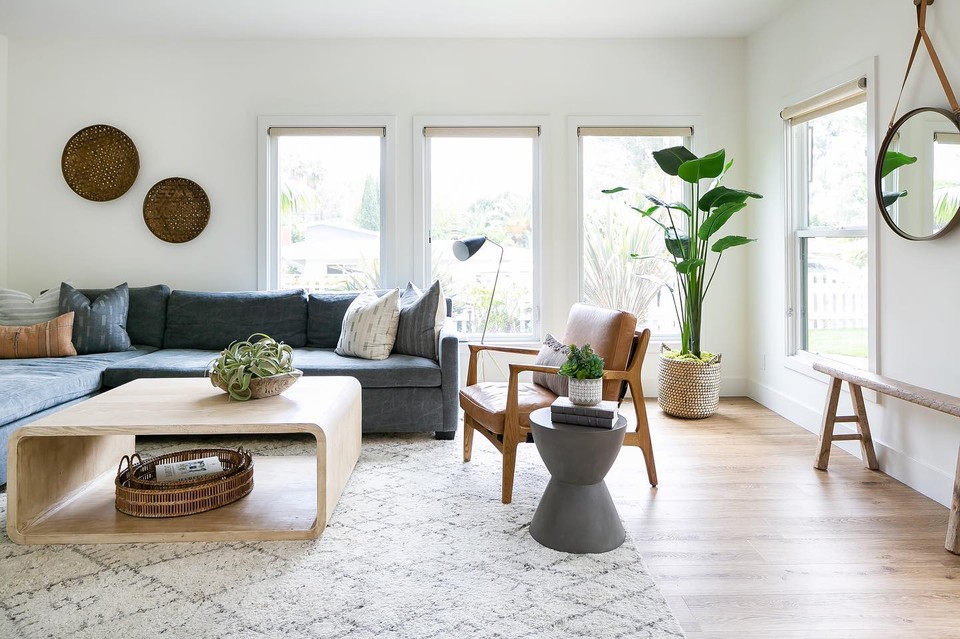
ZUI01 | Design: @allisonmerrittdesign Photo by @ryangarvin via @allisonmerrittdesign
Deliberate Design
Whatever the style—traditional, modern, bohemian, or coastal—well-designed spaces are composed of purposeful pieces that represent a particular lifestyle. The result: harmony that blends beauty and function. Cultivating a sense of self within a space is a journey, one that clients can embark with joy as wellness-focused design helps them become more wholly present at home, in relationships, and their lives.
Next story


